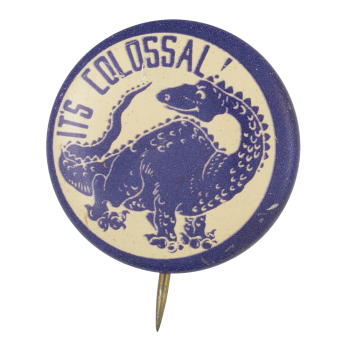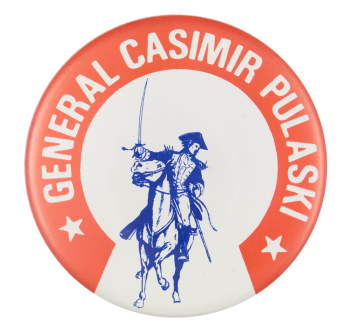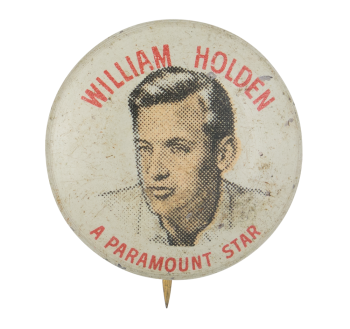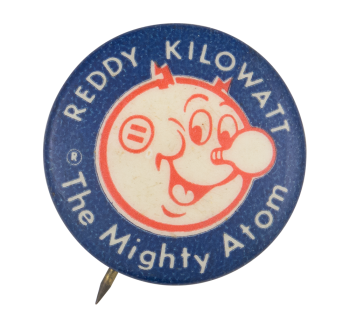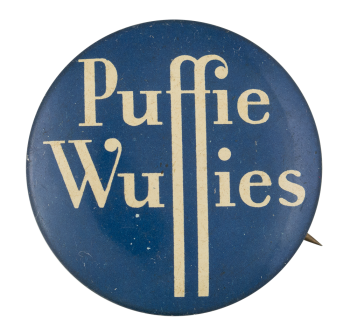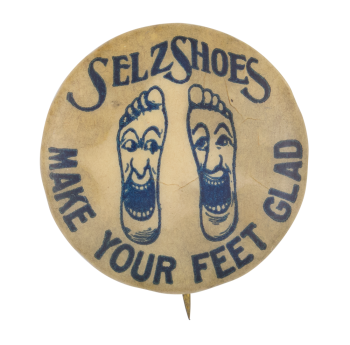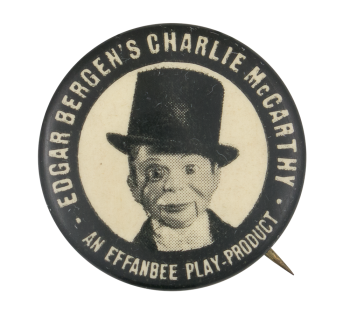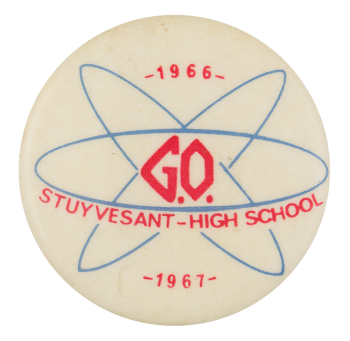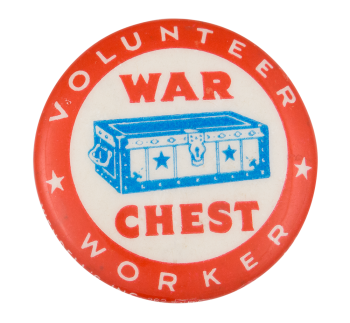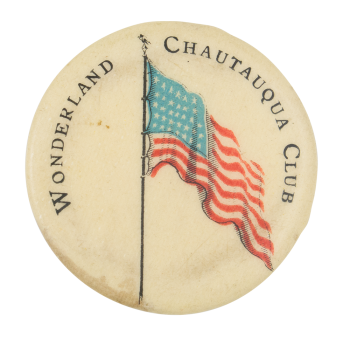It's Colossal
| Category | |
|---|---|
| Additional Images | |
| Sub Categories | |
| Text on Button | IT'S COLOSSAL! |
| Image Description | Illustration of purple-colored dinosaur with purple text on a white background with a purple ring around edge of button. |
| Back Style | |
| The Shape | |
| The Size | |
| Additional Information | "It's Colossal" is a phrase generally used when describing something exceedingly large similar to the dinosaur depicted. However, the "It's Colossal" slogan has been used in a variety of campaigns, causes, and cultural heritage movements over time including some artistic demonstrations and community murals. Colossal is also a major undertaking in the genetic science field focusing on the recreation of past life forms formerly of larger than life size such as the wholly mammoth; a play on words describing both the size of the effort and the size of the end result or finished project. Have info on this button? Contact us here. |
| Sources |
Portfolio – Mural Form. (n.d.). https://muralform.com/portfolio/ Reawakening the Lost Wilds of Earth. (n.d.). https://colossal.com/ |
| Catalog ID | AR0009 |

